Beyond The Veil: Hands-On With QC Games' Competitive Dungeon Crawler Breach
Online PvE dungeon crawls are all the rage these days. It's the modus operandi of games like Warframe and Path of Exile, though those games are generally experienced solo. Now there's a new contender in the arena, which adds other players and a dash of competition to the mix – QC Games' Breach.
We first heard about QC Games back in 2015, when former Star Wars: The Old Republic Production Director Dallas Dickinson announced that his new company would be producing a game with publishing help from Nexon. We now know that Nexon's no longer in the picture (QC Games will self-publish), and the game is called Breach, which I described initially as having “lots of variety.” Earlier this week, I had a chance to play it myself for the first time, and that initial impression still holds true.
Due to some technical issues, I wasn't able to play the alpha build of Breach as well as what the designers intended. Nevertheless, even with my limited time and capabilities, I could see a good game beneath the surface, and one that I could see finding a place on many people's hard drives.
Hell's gone to the world
The story behind Breach is that the Veil Demon, the aforementioned ancient evil, has finally, well, breached the veil between the other world and ours, letting in all sorts of nasties to run amok. A similarly ancient institution, the Academy, was maintaining the veil before its collapse, and now they're tasked with teaching people how to combat the Veil Demon and his minions – primarily with magic and guns.
Dickinson and Game Director/Chief Creative Director Gabe Amantangelo, another SWTOR veteran, were my tour guides, along with another pair of players. As a five-man team – well, more like “four plus one,” but we'll get to that in a bit – it was the perfect size for running content, though other options exist. You can queue up for a dungeon and find randoms to fill out your team, or run as a smaller group with NPC players filling out the other slots.
Each “group” consists of four heroes and one player (or the AI, if that's how you set it up) as the Veil Demon. Dungeons consist of a series of rooms based on various real-world locales. We ran through two, the first in the shattered ruins of Tokyo and the second in a tomb in Egypt. The heroes fight through a series of rooms with varying objectives, and a run takes about 15 minutes. Some rooms simply required a number of enemies to be slaughtered within a time limit, while others required more complex tasks, such as collecting objects scattered throughout the place. When the heroes complete objectives, they score a point, and when they fail, the Veil Demon scores; the highest score at the end of the run wins and gets a greater share of the rewards.
Each hero has a basic attack, four skills with a cooldown, and an ultimate ability to choose from. Between some encounters, you'll get a chance to improve your character with one of three passive abilities. I'm not normally a fan of “build as you go” games, as MOBAs and RTSs tend to go, but the options were simple enough that I didn't find them too distracting.
The fifth player takes on the role of the Veil Demon, a shadowy form that moves throughout each room tormenting the players. I didn't play as the Demon against the other players, and that's probably a good thing, considering my technical issues and lack of experience. I did get a chance to try him out in a testing room, though. The one I was playing as – there are six in total – could lay traps for heroes or take direct control of larger boss monsters. Thus, Breach is primarily a PvE experience, in that you'll usually be fighting against hordes of AI-controlled monsters, with the occasional input provided by the Veil Demon player.
While playing as a hero, I tended not to notice what the Veil Demon was doing, focusing mostly in killing monsters, but experienced players will no doubt learn what the Demon's capabilities are and react accordingly. It makes the game easy enough to jump into if you're just looking for a hack-and-slash experience but there should be enough there to let you flex your strategic muscles once you've played a few matches.
Options galore
Speaking of strategy, the game would be a dull affair if you just wandered into each match with the same characters and using the same strategies, and it's in these many options that Breach is really pulling out all the stops.
Each of the six Veil Demons mentioned above have different abilities, and of the seven boss monsters to appear in a dungeon, four are random and the other three selected by the Veil Demon player. On the hero side, there are 18 choices, following the same basic concepts familiar to MMO players: tank, damage, support, along with some hybrid options. Each of them can equip four pieces of gear that modify their stats or capabilities, along with four more “gems” that provide further customization. “Because there are so many tools, you can go in so many directions,” Dickinson told me.
While the concept is alluring, it often plays out that games that have a ton of options only really have a few that are truly viable, and I wonder if Breach will be the same. Take Hearthstone, for instance. There are hundreds of cards available, and literally millions of possible decks, but only a relatively small number of top-tier decks. As much as a typical MMORPG offers customization options, the same can be said of high-end gameplay: You need certain class choices and certain builds within those classes to be successful.
Even a mostly-solo game like Path of Exile, with its enormous and wide-ranging skill tree, has optimal build guides. Skilled players will be able to make the most of nearly any combination of abilities in Breach, but if your group is struggling against the Veil Demon, it will be tempting to think that it could be because someone is playing a “non-meta” build.
There's also the question of balancing so many classes and abilities, which I asked Dickinson about. He compared Breach to League of Legends, with its multitudinous champions and gear – which, again, it should be noted, has a relatively small number of “correct” choices and if you stray from that, expect to hear it from your teammates.
On the bright side, unlocking all those character and gear options in Breach won't be too difficult. You start with one hero of your choice unlocked and, like League of Legends, there will be a free rotation you can play. Unlocking others requires real money or in-game currency, with the cheapest unlocks requiring just a couple of matches' worth of daily quests. As for gear, that drops after a battle, and the gems can be purchased for a relatively small amount, so you should be able to get your characters fully tricked out very quickly.
That brings up another key aspect of Breach. Knowing that people take breaks from games, the dev team clearly has a horizontal progression model in mind. They don't want someone to be away from the game for six months and then have to do a whole lot of catching up and grinding just to get back to having the correct equipment to play on a level with their friends.
Other than that, progression is mostly for cosmetics and customization of powers, such as changing around one's loadout. The cash shop was surprisingly well filled-out, with the aforementioned heroes for sale along with various cosmetic items. Even with that brief look, I feel pretty confident in saying that Breach won't be pay-to-win. If you're OK with what's found in a typical MOBA, you should be fine here.
Embrace the void
With its action-based gameplay, large variety of options, and quick matches, all in a non-abusive free-to-play package, Breach is a game designed for the modern MMO audience. The experienced dev team, led by Dickinson and Amantangelo, knows from its time with SWTOR what works and what doesn't, and is using those lessons to craft a game that's gunning for a relatively underserved, but still large, segment of the gaming population.
A particular issue that PvE games have is that they can be repetitive, with the same encounters played out over and over again. (Dauntless comes to mind.) Breach seeks to change that, with an emphasis on variety and enough randomness to keep players coming back and getting a mostly new experience every time. The public beta starts later this year with paid early access and the free-to-play launch coming in early 2019, so we won't have long to wait to see if QC Games can bring it all together. For now, you can register for the technical alpha at playbreach.com.
Related Articles
About the Author

Jason Winter is a veteran gaming journalist, he brings a wide range of experience to MMOBomb, including two years with Beckett Media where he served as the editor of the leading gaming magazine Massive Online Gamer. He has also written professionally for several gaming websites.
More Stories by Jason WinterRead Next

In recent days, there have a few blog posts/articles on gaming industry sites that basically boiled down to this: You probably aren't good enough to succeed on your own.
You May Enjoy

If you like them, now’s the time to add Oraxia to your roster.

That’s just one of the items teased in a roadmap preview.

It won’t be easy and you’ll have to take down other bosses to get to her.
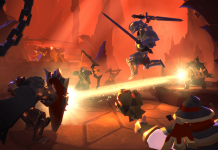
Here's your summer plans.
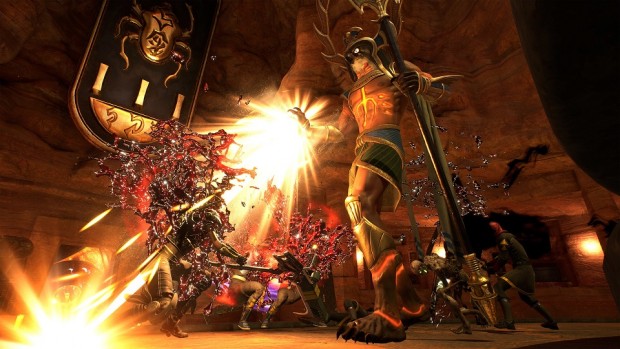
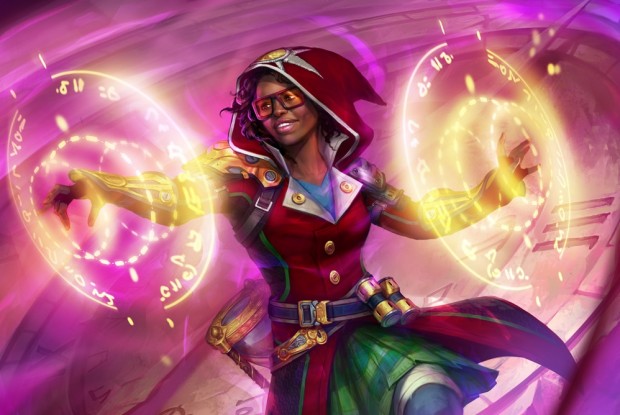

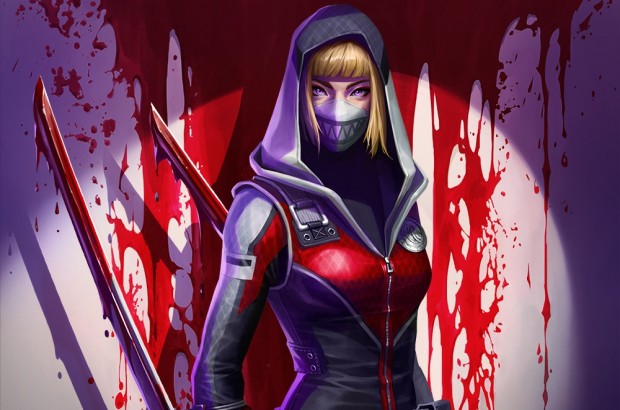

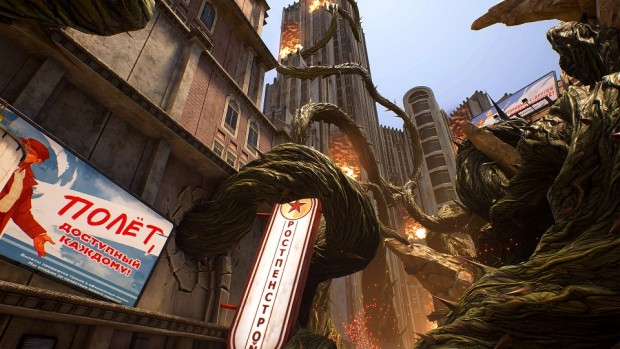
Discussion (0)